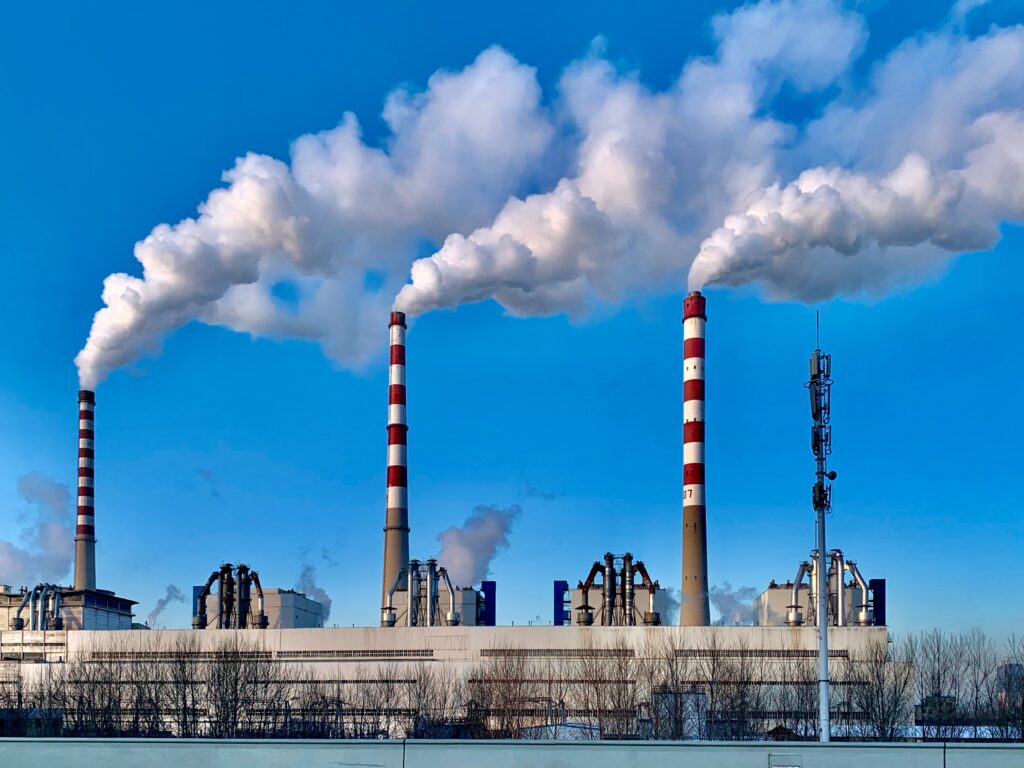Everyone’s heard of coal, nuclear and hydroelectric plants but what about base load and peak load power plants? Power plants are not only categorized by the fuel or energy source they generate power from but also by which load they serve – either base load or peak load. In the following short blog post, we will briefly outline the differences between these two categorizations of power plant.
Peaking power plants, also known as peaker plants, are power plants that generally run only when the demand for electricity on the grid is very high, known as peak demand. Peak demand often occurs on very hot days during the summer or very cold days during the winter when the need for AC/heating is highest. Peaker plants often run on fossil fuels like natural gas, or in some cases petroleum, as this allows them to store fuel on site for long periods of time and quickly start up when required.

Peaker plants are used in combination with base load power plants to supply energy to grid. The base load power plants supply the dependable and consistent amount of energy we use every day, called the base load. Examples of base load power plants include hydroelectric, coal or nuclear. This form of power plant generally operates continuously, stopping only for maintenance or unexpected outages.
The price per kWh of electricity from base load plants is generally low as they are highly efficient due to their design and continual operation. On the other hand, the power supplied by peaker plants commands a much higher price per kWh because they only supply power for a few hours per year with a quick response rate.
Due to their limited run time and use of fossil fuels, peaker plants are a facet of power generation that modern grids are trying to move away from. These expensive physical infrastructure assets can easily be replaced by effective demand response programs that incentivize large energy consumers to reduce their demand during times of high grid stress instead of building more generation capacity.

